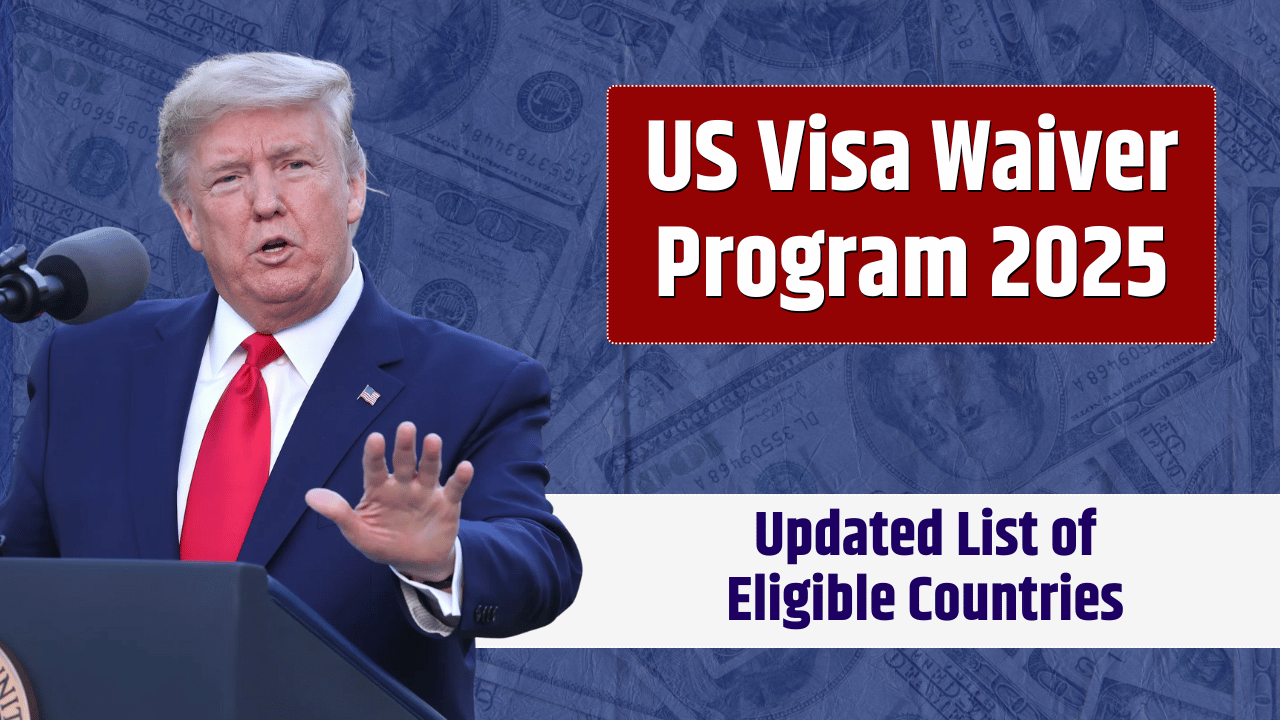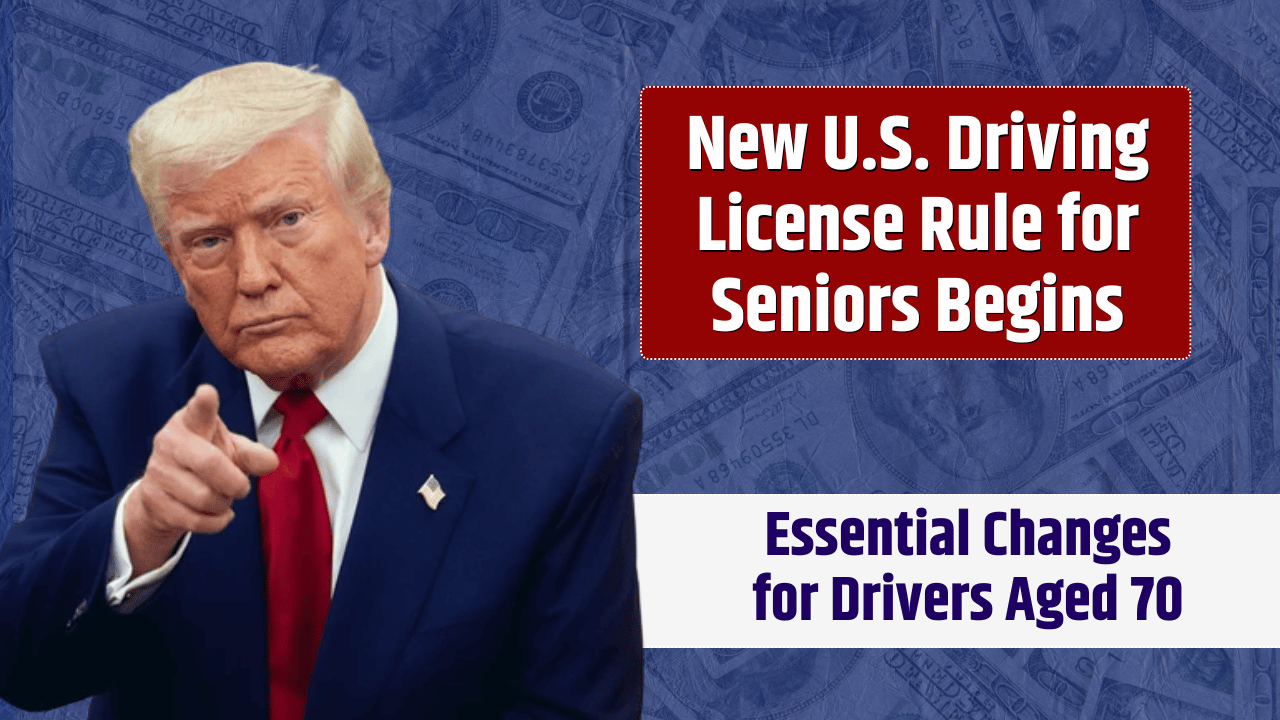Traveling to the United States doesn’t always require a complicated visa process. Thanks to the Visa Waiver Program (VWP), eligible travelers from certain countries can visit the U.S. for short stays without applying for a traditional visa. Designed to encourage tourism and business, the VWP simplifies entry requirements and cuts down on processing time—making spontaneous trips or business meetings across the Atlantic much more feasible.
Table of Contents
What Is the Visa Waiver Program?
The Visa Waiver Program is a U.S. government initiative that allows citizens from participating countries to travel to the U.S. for up to 90 days for tourism, business, or transit purposes—without obtaining a visa. It’s an efficient option for short-term travelers who meet specific security and entry requirements.
However, the VWP has limits. It does not permit working, studying, or extending your stay beyond 90 days. Any violation can result in removal or bans from future entry.
The Role of ESTA
Instead of applying for a visa, VWP travelers must obtain travel authorization through ESTA (Electronic System for Travel Authorization). ESTA is an online pre-screening system designed to enhance border security. It’s fast, digital, and much less involved than a visa application.
Key ESTA Facts:
- Cost: $21 per application (as of 2025)
- Validity: 2 years (or until passport expiration)
- Processing Time: Typically within minutes to 72 hours
- Website: https://esta.cbp.dhs.gov
Which Countries Are in the VWP?
As of 2025, 43 countries are part of the Visa Waiver Program. These include most European Union members, along with nations like:
- Japan
- South Korea
- Singapore
- Australia
- New Zealand
Recent Additions:
| Country | Year Added |
|---|---|
| Qatar | 2024 |
| Romania | 2025 |
Who Qualifies for the VWP?
To be eligible, travelers must:
- Be a citizen of a VWP country
- Hold a valid e-passport (with an embedded chip)
- Apply for and receive ESTA approval
- Stay no longer than 90 days
- Travel for business, tourism, or transit only
- Not have violated prior U.S. immigration laws
Certain individuals with prior overstays, arrests, or dual citizenship with restricted countries may not qualify, even if their country participates in the VWP.
How to Travel Under the Visa Waiver Program
Here’s a quick step-by-step guide:
- Check Eligibility – Ensure your country is on the VWP list.
- Apply for ESTA – Submit your application at least 72 hours before traveling.
- Use an E-Passport – Make sure it’s valid beyond your stay in the U.S.
- Book With a VWP-Approved Airline – Most major carriers qualify.
- Clear Customs and Border Protection (CBP) – A CBP officer will screen your entry.
If approved, you can stay in the U.S. for up to 90 days per visit.
Common Mistakes to Avoid
Even with ESTA approval, travelers can be denied entry if they:
- Overstay the 90-day limit
- Attempt to work or study
- Lack proof of onward travel
- Have incomplete or inconsistent documentation
- Fail to disclose past travel or visa violations
Always double-check your information and travel purpose to avoid issues at the border.
Why the VWP Matters
The Visa Waiver Program streamlines international travel, reduces consular workloads, and strengthens diplomatic and economic ties. For travelers, it means fewer bureaucratic hurdles and more freedom to explore or conduct business in the U.S.
If you’re a citizen of a participating country, the VWP offers one of the easiest paths to visit the United States—no visa interviews, no paperwork marathons, and no embassy visits required.
FAQs
Is ESTA the same as a visa?
No. ESTA is an authorization for short-term travel under the VWP—not a visa.
How long can I stay in the U.S. under the VWP?
Up to 90 days per visit.
Can I work while visiting on the VWP?
No. Employment is not permitted under the Visa Waiver Program.
How much does ESTA cost?
As of 2025, the fee is $21 per application.









